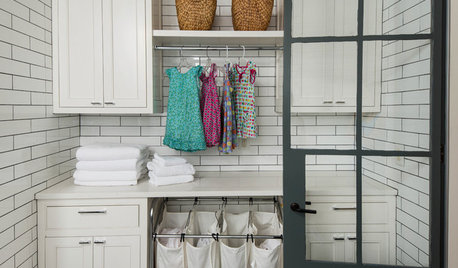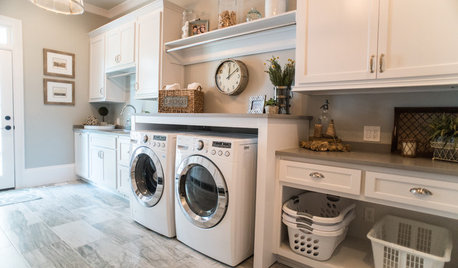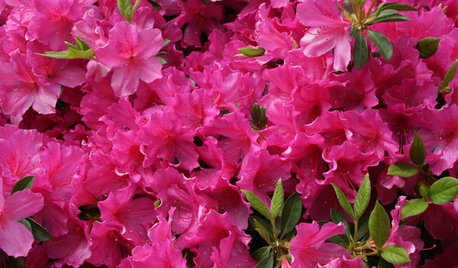Basil - downy mildew maybe
Pyewacket
9 years ago
Related Stories

FARM YOUR YARDIf You Have Room for Only One Summer Crop ...
Get an edible that’s long on flavor even if you’re short on space, with a long-time gardener’s favorite picks
Full Story
SUMMER FRUITS AND VEGETABLESSummer Crops: How to Grow Beans
Grow your own beans for amazing variety and healthy, convenient produce all summer
Full Story
KITCHEN DESIGNHouzz Call: What’s Cooking in Your Kitchen?
Most of us turn to recipes, videos and culinary shows when we cook. Where do you set your cookbook, tablet or TV screen?
Full Story
GARDENING GUIDESWhat Kind of Roses Should You Grow?
Want to add the beauty of roses to your garden? Find out which ones, from old-fashioned to modern, are right for you
Full Story
LAUNDRY ROOMSRoom of the Day: The Laundry Room No One Wants to Leave
The Hardworking Home: Ocean views, vaulted ceilings and extensive counter and storage space make this hub a joy to work in
Full Story
HOUSEKEEPING10 Tips to Streamline Laundry Day
Little adjustments to your attitude and routine can help take the wrinkles out of doing the wash
Full Story
LAUNDRY ROOMSThe 20 Most Popular Laundry Room Photos of 2015
No drudgery here when it comes to laundry. High style and multifunctionality have made these rooms new favorites this year.
Full Story
EDIBLE GARDENSSummer Crops: How to Grow Pumpkins
Start in spring to grow your own fall decorations and have plenty left for pies
Full Story
EDIBLE GARDENSSummer Crops: How to Grow Squash
Almost foolproof and with cheerful flowers, squash comes in a wide range of varieties to plant in spring
Full Story
SOUTHEAST GARDENINGSoutheast Gardener's April Checklist
Stock up on herbs, keep clippers away from the daffodils and watch for signs of a major impatiens threat
Full Story













Peter1142
PyewacketOriginal Author
Related Professionals
Chattanooga Landscape Architects & Landscape Designers · Havre de Grace Landscape Architects & Landscape Designers · Seabrook Landscape Architects & Landscape Designers · Waunakee Landscape Architects & Landscape Designers · Roxbury Crossing Landscape Architects & Landscape Designers · Cerritos Landscape Contractors · Fountain Valley Landscape Contractors · Munster Landscape Contractors · Pahrump Landscape Contractors · Pleasanton Landscape Contractors · San Benito Landscape Contractors · Shoreview Landscape Contractors · Crowley Landscape Contractors · San Jose Roofing & Gutters · Hacienda Heights Roofing & GuttersPeter1142
PyewacketOriginal Author
PyewacketOriginal Author
Peter1142
PyewacketOriginal Author
Peter1142
gosssamer
PyewacketOriginal Author
gosssamer
PyewacketOriginal Author